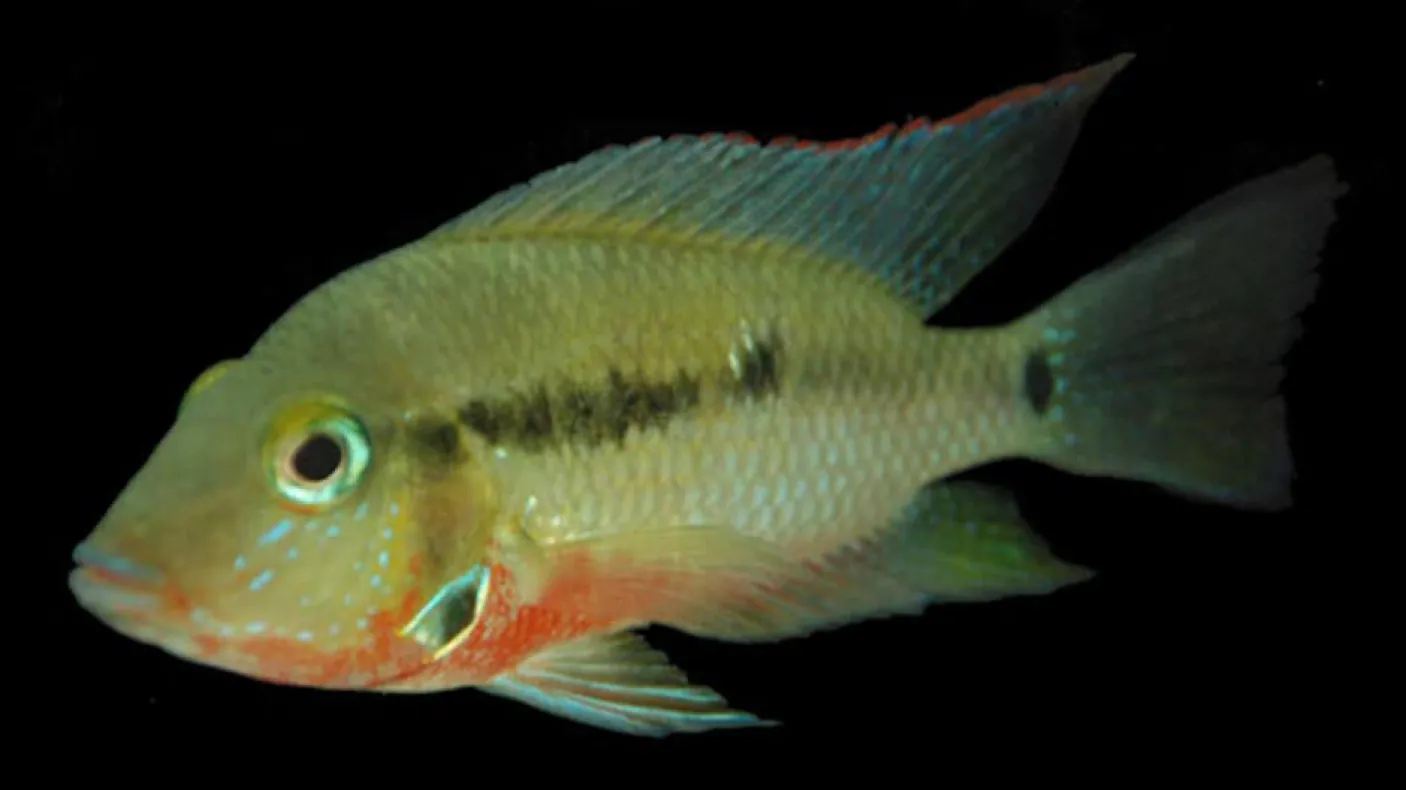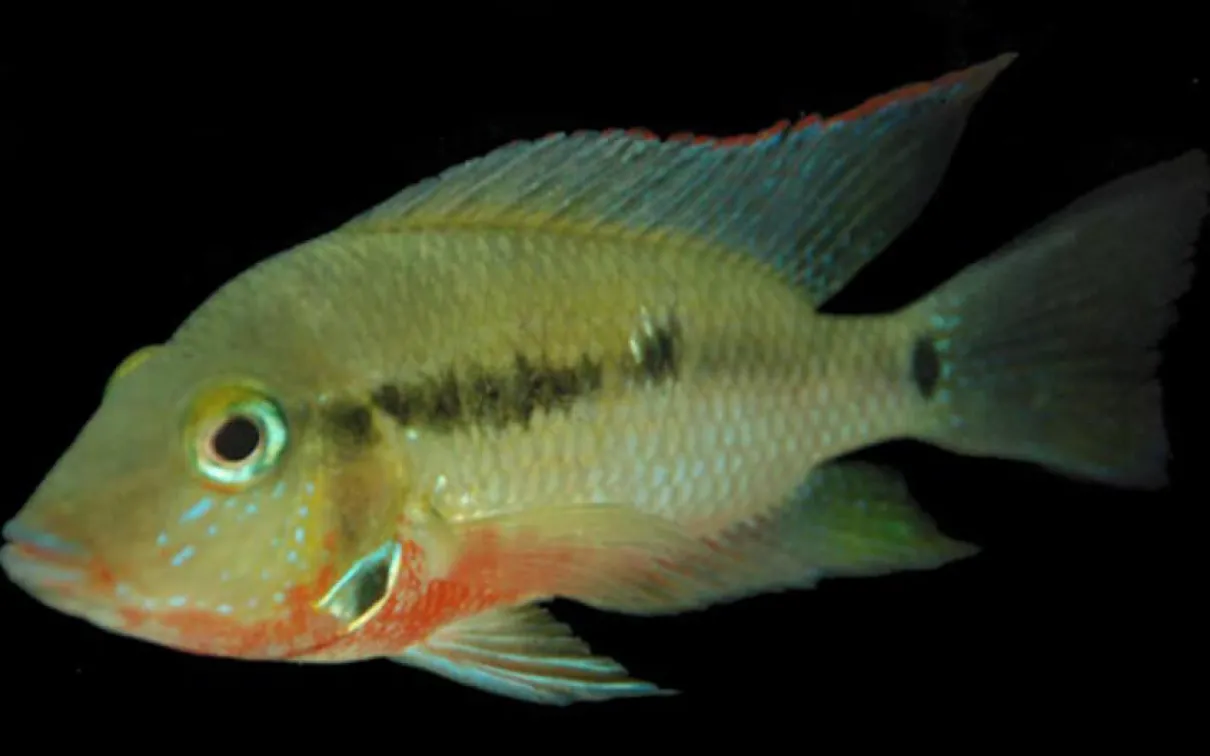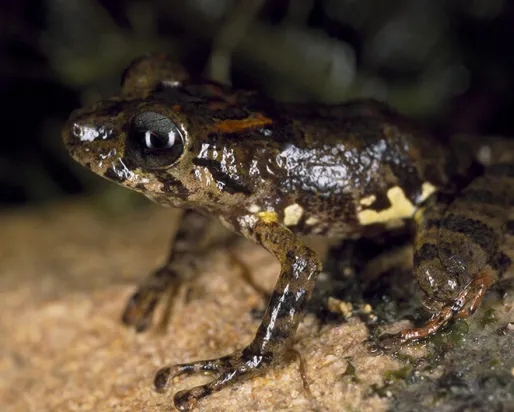Adaptive radiation, convergent evolution and speciation in Neotropical cichlids
Categories
Researcher
About the Project
Adaptive radiation is recognized as one of the most important processes responsible for the origin of biological diversity. Because adaptive radiations produce diversification through ecological specialization, they are essential for understanding how ecological forces can drive evolutionary diversification and shape the way species interact with their environments. Among vertebrates, African cichlid fishes are justly recognized as stunning examples of adaptive radiation. Most remarkably, each of the species flocks of the Rift Valley lakes Victoria, Malawi and Tanganyika independently diversified into hundreds of species with remarkable ecological and behavioral specializations. Unfortunately, research focus on African lacustrine cichlids has left their riverine counterparts virtually unstudied from an evolutionary point of view. The fundamental question of whether riverine cichlids can undergo adaptive radiation has not been extensively addressed. Research undertaken by ROM Curator of Ichthyology, Hernán López-Fernández, focuses on studying the evolution of Neotropical fishes using the family Cichlidae as a model. Because cichlids are one of the three most-diverse families of Neotropical freshwater fishes (along with Characidae and Loricariidae), they are ideal models for studying the incomparable fish diversity of the Neotropics.
Neotropical cichlids include approximately 60 genera and more than 600 species including many still undescribed. Ecological variation in Neotropical cichlids includes fish predators, rapids-dwelling invertebrate feeders, insect eaters with disc-like bodies, detritus eaters, and a variety of groups that extract invertebrates from the substrate by filtering sand or mud using their pharynx. Results from Hernán's research to date indicate that at least some lineages of Neotropical cichlids originated through adaptive radiation; ongoing research is further testing this hypothesis and expanding it to all Neotropical cichlid taxa. He is exploring remote areas of South and Central America to document and describe new species of cichlids, and to gather data to answer questions such as: Which groups of American cichlids fulfill the requisites for Adaptive Radiation? What are the relationships among species within each of these radiations? How old are they? Are there key characteristics of morphology or ecology associated with diversification of these Neotropical cichlid groups? How has ecology played a role in the origin of these species?
Understanding how the diversity of South and Central American cichlids originated will shed light on the processes responsible for the origin of tropical freshwater fish in particular and biodiversity in general. Ongoing projects also are generating extensive data on the ecology of Neotropical cichlids. This information should help conservation efforts and reveal potential vulnerabilities of tropical fishes and their environment to mounting threats in the form of unregulated fisheries, habitat modification for agriculture and hydroelectric development, and increasing demand on water resources.





